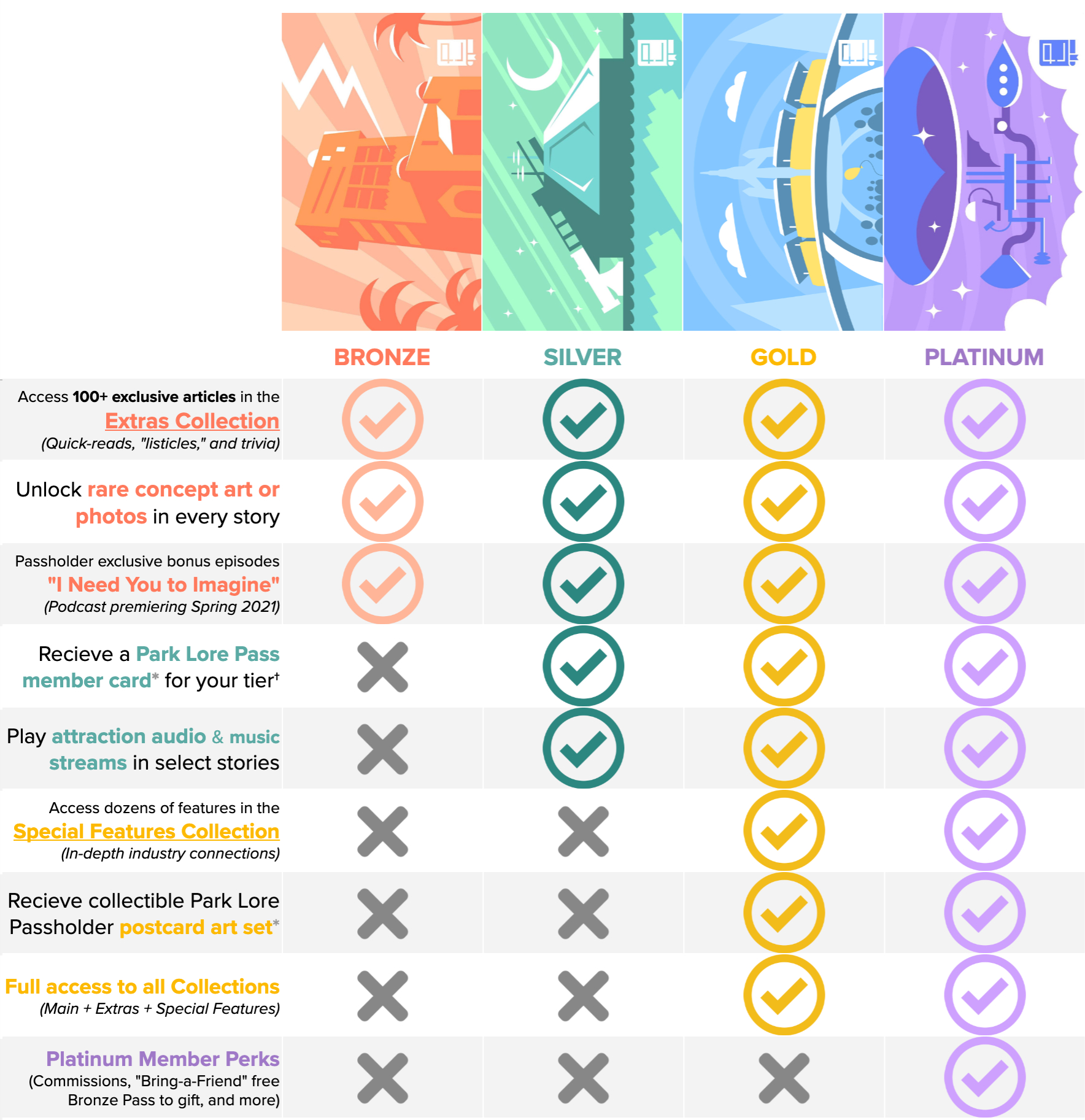Back in the first half of the 20th century, the business of entertainment was quite a bit different. Back then, mere “amusement” was enough to draw people to leisure gardens, carnivals and traveling fairs, seaside boardwalks speckled with thrill rides, and rudimentary roller coaster parks. But when Disneyland opened in 1955, entertainment changed.
After being swept up into its “worlds of yesterday, tomorrow, and fantasy” – immersive, cinematic lands built not by carnies, but by filmmakers – guests began to have one simple, timeless, reverberating request: “take me somewhere.” And in the decades since, designers have chased that very idea, looking for increasingly elaborate ways to make guests feel as if they’ve become part of another world, from Peter Pan’s Flight to Pirates of the Caribbean; Haunted Mansion to Indiana Jones Adventure…
But there’s only one kind of attraction that can take guests somewhere without really going anywhere at all: simulators. Today, a growing chorus of critics say that Disney and its contemporaries may rely too much on the transportational power of these increasingly-elaborate attractions, and in an age where guests are increasingly surrounded in screens at home, legitimate questions must be raised: is it time to sideline the simulator? Can physical sets ever make a comeback in the digital age? Or has the reign of these technological giants just begun? Let’s start at the almost-beginning…



